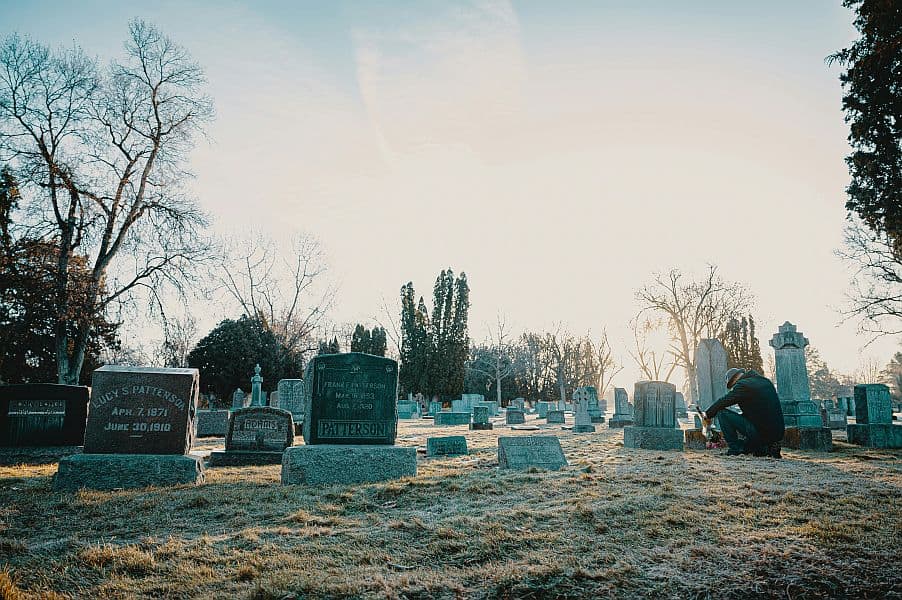How to Find Someone’s Grave: A Step-by-Step Guide
Searching for someone’s grave can be a meaningful journey, whether it’s to visit a family member, pay respects to a historical figure, or dig into your genealogy. Though it might seem overwhelming at first, with the right approach and some helpful tools, it’s often easier than you’d think. Here’s a straightforward guide to help you find the grave you’re searching for, without feeling lost along the way.
Gather Basic Information
Before diving into databases, it’s helpful to compile as much information as possible about the person you’re trying to find. Even small details can make a big difference in narrowing your search.
Here’s what you should try to have:
– Full name (if applicable, include maiden names or any alternate spellings)
– Dates of birth and death (even if they’re only rough estimates)
– Place of death
– Religious or cultural background
– Military service details, if relevant
The more facts you can gather, the easier it will be to locate the grave.
 Utilize Online Burial Databases
Utilize Online Burial Databases
The internet has made locating graves much simpler, with several websites dedicated to helping people find burial sites. Many of these are free or run by volunteers, and they contain vast amounts of information.
Some of the most popular resources are:
– Find A Grave: One of the largest and most widely used databases, with millions of graves from all over the world. Users often post photos and details about the graves.
– BillionGraves: This site uses GPS to track and photograph graves, which is helpful if you plan to visit.
– Interment.net: Offers a wide range of cemetery transcriptions and burial records.
– FamilySearch: A genealogy resource that provides access to burial records alongside other family history tools.
You can search these sites by name, location, or date, and it’s a good idea to try various combinations of details if your first search doesn’t produce results.
Check Public Records
If online searches don’t yield the results you’re after, public records can help fill in the gaps.
– Death Certificates: These typically list the burial location. You can request copies from the vital records office where the person died.
– Cemetery Records: Many cemeteries keep detailed logs of burials. Some have searchable databases online, but others may require contacting them directly.
– Military Records: Veterans’ burials are often listed in the National Cemetery Administration database in the U.S., and additional records are available through the National Archives.
These records can sometimes take time to access, but they are often crucial for tricky searches.
Explore Local Libraries and Historical Societies
If you’re hitting a roadblock online, local resources might be the key. Libraries, historical societies, and archives often have records that aren’t available digitally, such as obituaries or old burial logs.
– Obituaries: Local newspapers or archives often contain obituaries, which usually include burial information.
– Church Records: For smaller cemeteries linked to religious institutions, churches often keep detailed burial records, especially for older graves.
Don’t hesitate to ask for help—staff and volunteers in these places are often knowledgeable and eager to assist with local history.
Contact the Cemetery
Once you’ve identified the cemetery, reach out directly. Larger cemeteries may have office staff who can help you find specific graves, while smaller cemeteries might require a bit more effort.
Make sure to ask for:
– Plot and Section Numbers: This is essentially the grave’s address within the cemetery.
– Maps or Directions: Cemeteries can be large, so having a map or specific directions can save you time.
Visit the Cemetery
If you have the cemetery and plot details but haven’t seen the grave yet, it’s time for a visit. Here are some tips for a smooth trip:
– Bring a map or directions from the cemetery office, if available.
– Wear comfortable shoes in case you need to walk around.
– Bring a camera or your smartphone to take pictures once you find the grave.
– Bring paper and a pencil if you want to do a gravestone rubbing (be sure it’s allowed at the cemetery).
Feel free to bring flowers or a small token of remembrance if you wish to leave something at the grave.
Use Genealogy Tools
If your search isn’t turning up any leads, genealogy sites can offer deeper information. Websites like Ancestry.com or MyHeritage can connect you to burial records and distant relatives who might know more.
Many public libraries provide free access to these genealogy databases, so check with your local library if you don’t want to pay for a subscription.
Hire a Professional
If you’ve tried everything and still can’t find the grave, it might be worth bringing in a professional genealogist or grave finder. These experts have access to specialized resources and databases that the general public doesn’t, and they know how to dig through the more obscure records.
While this option can be pricier, it can be worth it, especially if the grave you’re searching for is particularly difficult to locate.
Wrapping Up
Finding a grave can be a rewarding experience, but it often takes time and persistence. With the wealth of online tools, public records, and local resources available today, you’re likely to find the information you need. Once you do, visiting the grave can offer a moment of connection, reflection, and closure.
So, take your time and enjoy the process—after all, cemeteries are not just resting places, but rich with history and personal stories.
If you have any experiences or tips for finding graves, feel free to share them in the comments. Every search is a little different, and hearing others’ stories can provide valuable insights.

Leave a Reply